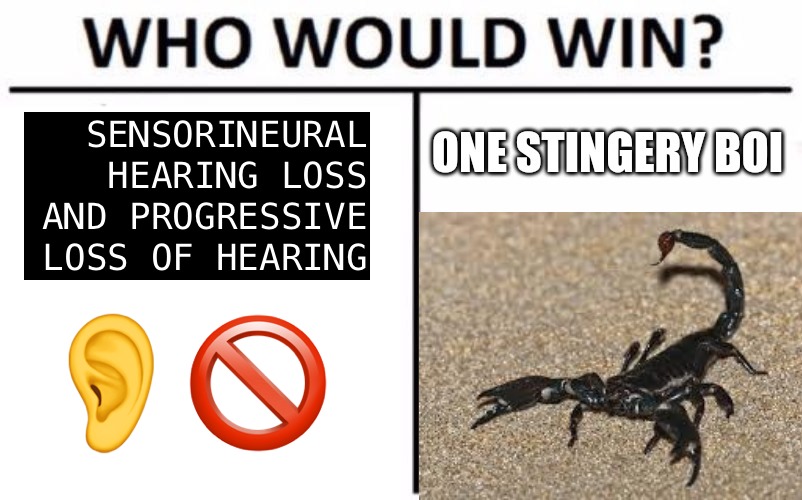CATEGORY:
Research
SCREENSHOT:
TITLE:
miR-153/KCNQ4 axis contributes to noise-induced hearing loss in a mouse model
CONTENT:
J Physiol Sci. 2021 Sep 3;71(1):28. doi: 10.1186/s12576-021-00814-0.
ABSTRACT
Damage to the cochlear sensory epithelium is a key contributor to noise-induced sensorineural hearing loss (SNHL). KCNQ4 plays an important role in the cochlear potassium circulation and outer hair cells survival. As miR-153 can target and regulate KCNQ4, we sought to study the role of miR-153 in SNHL. 12-week-old male CBA/J mice were exposed to 2-20 kHz broadband noise at 96 dB SPL to induce temporary threshold shifts and 101 dB SPL to induce permanent threshold shifts. Hearing loss was determined by auditory brainstem responses (ABR). Relative expression of miR-153 and KCNQ4 in mice cochlea were determined by Real-Time quantitative PCR. miR-153 mimics were co-transfected with wild type or mutated KCNQ4 into HEK293 cells. Luciferase reporter assay was used to validate the binding between miR-153 and KCNQ4. AAV-sp-153 was constructed and administrated intra-peritoneally 24- and 2-h prior and immediately after noise exposure to knockdown miR-153. The KCNQ4 is mainly expressed in outer hair cells (OHCs). We showed that the expression of KCNQ4 in mice cochlea was reduced and miR-153 expression was significantly increased after noise exposure compared to control. miR-153 bound to 3’UTR of KNCQ4, and the knockdown of miR-153 with the AAV-sp-153 administration restored KCNQ4 mRNA and protein expression. In addition, the knockdown of miR-153 reduced ABR threshold shifts at 8, 16, and 32 kHz after permanent threshold shifts (PTS) noise exposure. Correspondingly, OHC losses were attenuated with inhibition of miR-153. This study demonstrates that miR-153 inhibition significantly restores KNCQ4 in cochlea after noise exposure, which attenuates SNHL. Our study provides a new potential therapeutic target in the prevention and treatment of SNHL.
PMID:34479475 | DOI:10.1186/s12576-021-00814-0
SOURCE:
The journal of physiological sciences : JPS
PUBLISHER:
PMID:
pubmed:34479475
ID:
0b58ea4968e09ff10f4e1238c494f316pubmed:34479475
DOI:
10.1186/s12576-021-00814-0
DATE – PUBLISHED:
Sat, 04 Sep 2021 06:00:00 -0400
DATE – DOI:
2021-09-03T15:08:12Z
DATE – ADDED:
09/04/21 09:14AM
LINK – PUBMED:
https://pubmed.ncbi.nlm.nih.gov/34479475/
LINK – DOI:
https://doi.org/10.1186/s12576-021-00814-0
LINK – PUBLISHER:
https://jps.biomedcentral.com/articles/10.1186/s12576-021-00814-0?utm_source=hearinglosstreatmentreport.com
IMAGE:
REFERENCE:
Hearing Loss Treatment Report, Urgent Research, 2021-09-04T13:14:45+00:00, https://www.hearinglosstreatmentreport.com.
